The Biblical Tels in the Judean Hills were the first stratigraphic archaeological excavation in Israel, for example, Tel El-Hesi. The very first stratigraphic archaeological dig was conducted by Sir Flinders Petrie in 1890. In that year, Petrie made the first of his many forays into Palestine, leading to much important archaeological work. His six-week excavation of Tell el-Hesi (which mistakenly identified as Ancient Lachish) that year represents the first scientific excavation of an Archaeological Tell in the Holy Land.
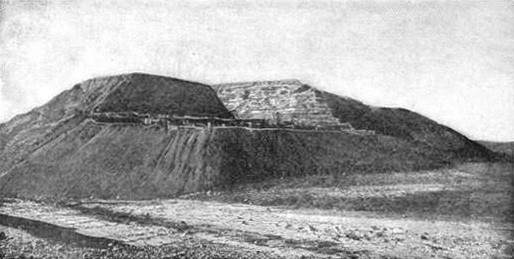
During his digs at Tell el-Hesi, he was able to understand the basic rules of Stratigraphy. The basic rule in archaeological stratigraphy is that the upper units of stratifications are younger and the lower are older. Another important principle is that the layers can be no older than the age of the most recent artefact discovered within them. This is the basis for the relative dating of layers using artefact typology. So he meticulously dug each layer separately and even made sure to group up the artifacts found in each layer and not to join all the findings together.
The site was first described in 1838 by Edward Robinson. After brief training under Pietre, Fredrick Jones Bliss began two years of work at Tell el-Hesi. Using Petrie’s ceramic sequence and the pioneering concept of a ‘sequence of cities’, Bliss was able to establish not only the archaeology of this specific site but the sequential framework for Levantine archaeology.
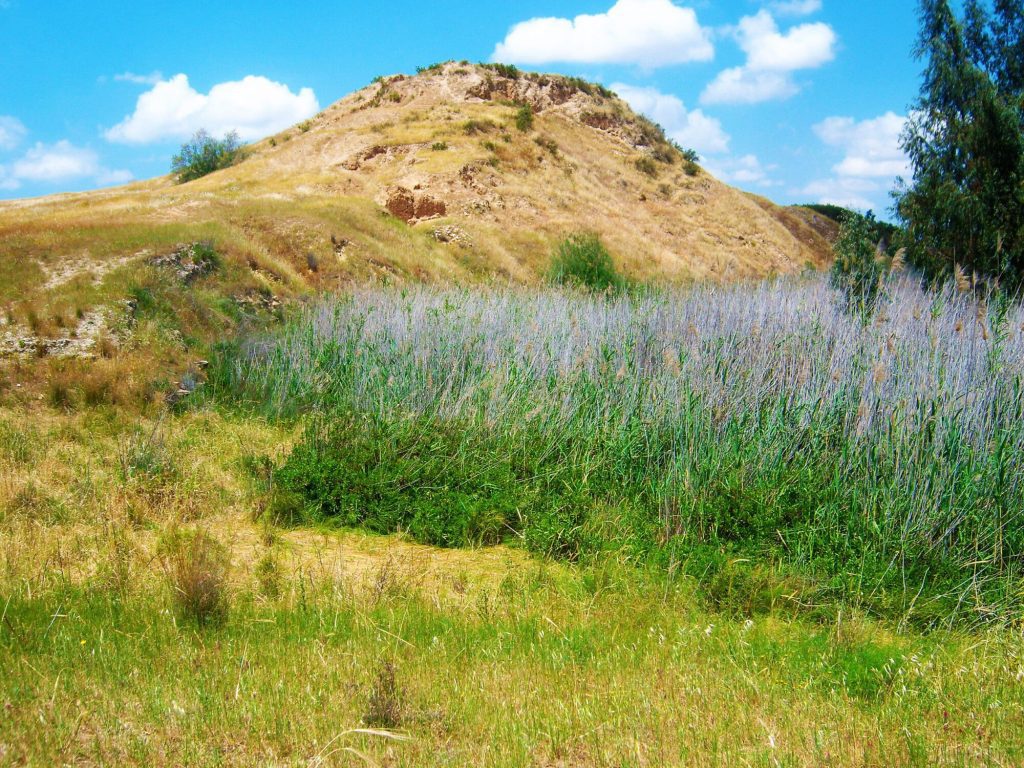
Among other discoveries were the remains of what was identified as a blast furnace, with slag and ashes, which was dated to 1500 BCE. In 1924 William F. Albright proposed that Tell el-Hesi was Biblical Eglon, an identification that was still accepted by Yohanan Aharoni in the 1970s. Nowadays this identification, too, is unlikely and the site should be considered unidentified.
Exploring Biblical Tels in the Judean Hills: Tel Lachish
Lachish was one of the most important cities of the Biblical era in the Holy Land. By the third millennium, Lachish was already a large city. In the Middle Bronze Age, Lachish was heavily fortified by a Glacis which gave the mound its present prominent shape. In the Late Bronze Age (16th-13th centuries BCE) Lachish was a large Canaanite city-state. A few letters from Lachish were found in the 14th-century royal Egyptian archives at Tell el-Amarna. They were sent from the Canaanite king of the city to the Egyptian pharaoh.
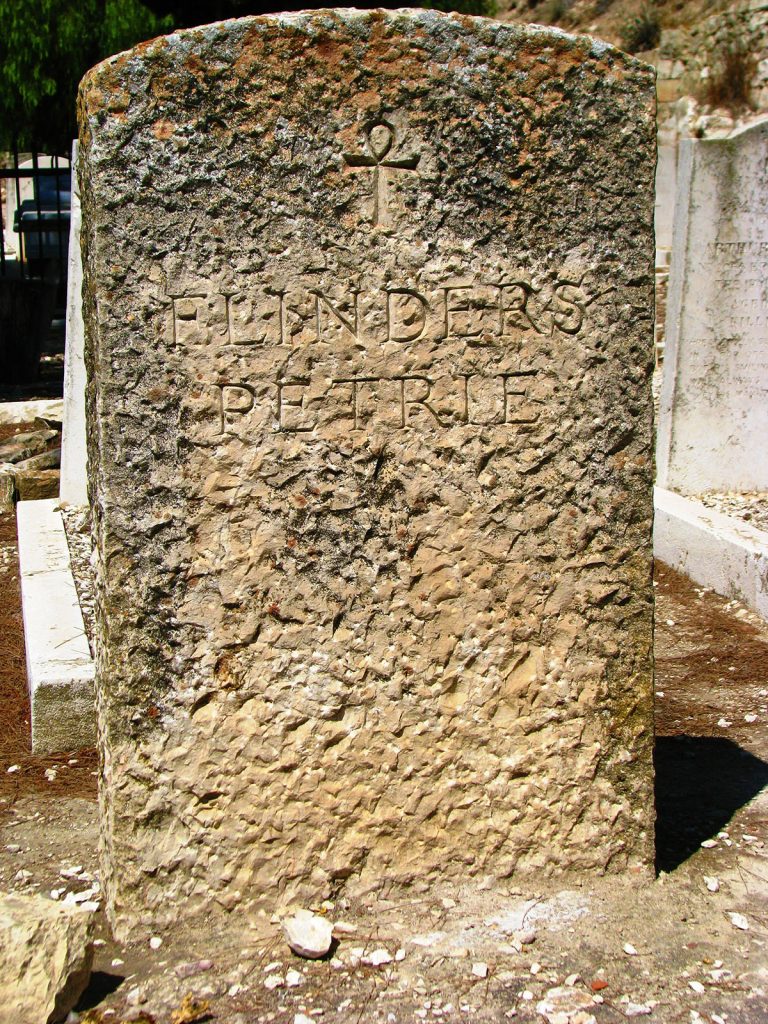
Lachish played a major role in the story of the Israelite conquest of Canaan as related in Joshua 10. Japhia, king of Lachish, joined an alliance of five kings whom Joshua defeated On the Day the Sun Stood Still. After defeating these armies and killing their royal leaders, Joshua proceeded to attack their cities. Lachish was able to defend itself against Joshua’s forces only for a single day. Excavations have confirmed a major destruction level at about this time (12th century BCE). The archaeological record has also revealed that for about the next 200 years, until the 10th century BCE, Lachish was mostly abandoned.
Lachish Following the Division of the United Kingdom
After King Solomon’s death, Lachish was rebuilt and heavily fortified by one of the kings of Judah, who turned it into a garrison city and royal stronghold. Undoubtedly the most important Judean city after Jerusalem. A large gate complex on the southwest side protected the city at its entrance. A huge palace-fort crowned the center of the city. Lachish played a major role in Judah until the destruction at the hands of Nebuchadnezzar’s Babylonian army in 588/6 BCE.
Exploring Biblical Tels in the Judean Hills: The Excavations Under James L. Starkey
The Very First Archaeological Excavation was a British Expedition headed by James L. Starkey. The British team conducted large scale excavations at Tel Lachish between 1932 and 1938. Officially the largest and most methodical excavations were carried out in Palestine prior to the Second World War. Starkey systematically planned the work many years ahead. He spent the first years principally in preparatory work, away from the mound itself. He dug ancient graveyards in the vicinity of the tel. cleared areas on the slopes, and built a convenient expedition camp.
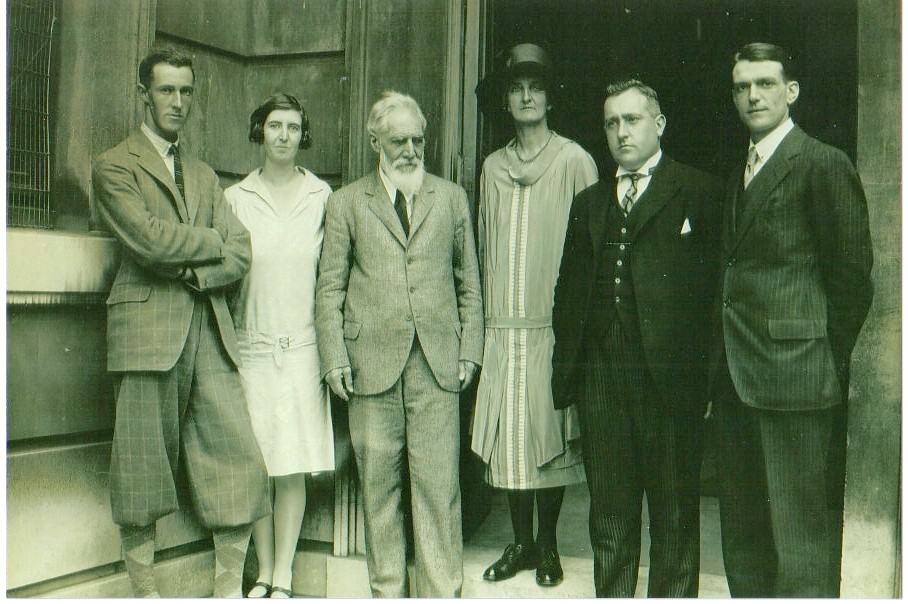
The excavations, however, came to an abrupt halt in 1938. While traveling from Lachish to Jerusalem, to attend the opening ceremony of the Palestine Archaeological Museum, Starkey was forced by Arab bandits to stop near Hebron. Without warning, they shout him dead.
Exploring Biblical Tels in the Judean Hills: The City Gate At Lachish
The first city gate at Lachish that was uncovered by Starkey was naturally the uppermost and latest one. It dated to the Persian Period and was in use until the final abandonment of the site. We know that biblical tels are abandoned after the Persian Period. The Greeks occupying the land left the top of the tels since they already built much larger cities that required much more space for their theaters, Hipodrum, gymnasium. and temples. This gate and the related level, forming the uppermost archaeological stratum, were labeled Level I by the British.
On penetrating furthermore, the excavators found that the Level I gate and the roadway was constructed above an earlier gate complex, which was accordingly labeled Level II. This earlier gate had been destroyed in an enemy attack, as evidenced by a thick layer of destruction debris over the remains of the Level II gate.
Tel Azekah
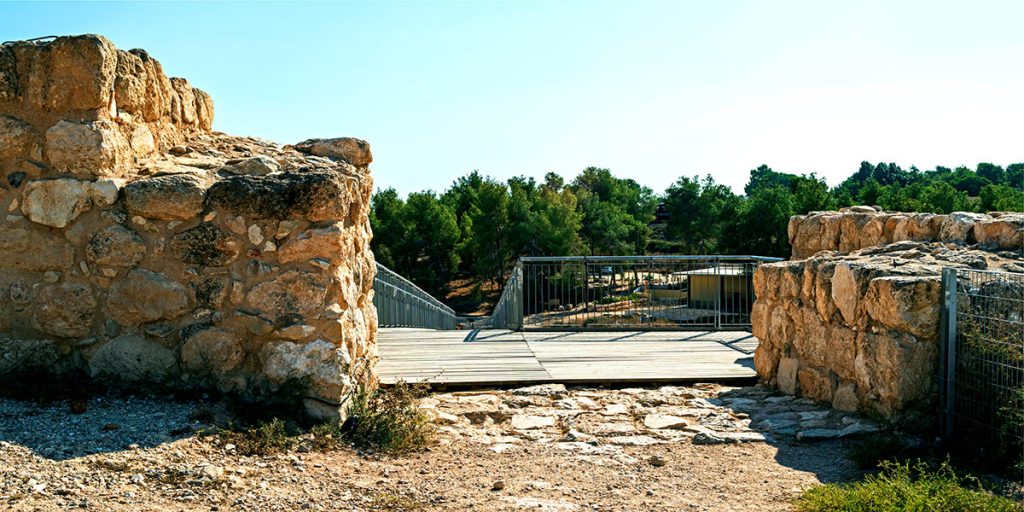
Exploring Biblical Tels in the Judean Hills: Lachish Letters
At this point Starkey made his most famous discovery: during the January-February 1935 excavation, a small room later called the guard room, was found within the Level II gate complex. The floor of the guard room was covered by the ashes of the destruction. Beneath the ashes were sealed hundreds of storage jar fragments blackened by the intense fire that accompanied the destruction.
Eighteen of these fragments contain ancient Hebrew inscriptions written in ink. These ostraca, inscribed potsherds, are known today as the Lachish Letters. They were sent to a military commander at Lachish during the last days of the Kingdom of Judah, when Nebuchadnezzar, king of Babylon, had already begun to conquer Judah.
That Lachish was attacked and almost certainly destroyed by Nebuchadnezzar at the time (588/6 BCE), is proven by the striking words of the prophet Jeremiah:
“And the king of Babylon’s army attacked Jerusalem and the remaining cities of Judah, namely Lachish and Azekah; for these were the only fortified cities left in Judah.”
Jeremiah (34:7):
The discovery of the ‘Lachish Letters’ in the city gate together with the late Judean pottery indicates that the destruction of the Level II city gate – and the associated city – must be assigned, in accordance with the testimony of Jeremiah, to the Babylonian conquest. From the archaeological point of view, this means that Level II was destroyed and sealed under destruction debris in 588/6 BCE. We will learn much more about Lachish and its fall in our private tour of the Judean Lowlands.







